Amazing Views of Wednesday Morning’s Total Lunar Eclipse
By David Dickinson
The Moon turned a ruddy hue during this morning’s total lunar eclipse, in one of the top astronomical events of the year.
What a celestial show. Depending on your time zone, you either got up early, stayed up late, or pulled an all-niter last night, all in hopes of catching today’s total lunar eclipse. This event favored the Pacific region, with western North American observers catching the eclipse at sunrise/moonset, and Australia, new Zealand and eastern Asia seeing totality transpiring at moonrise/sunset.
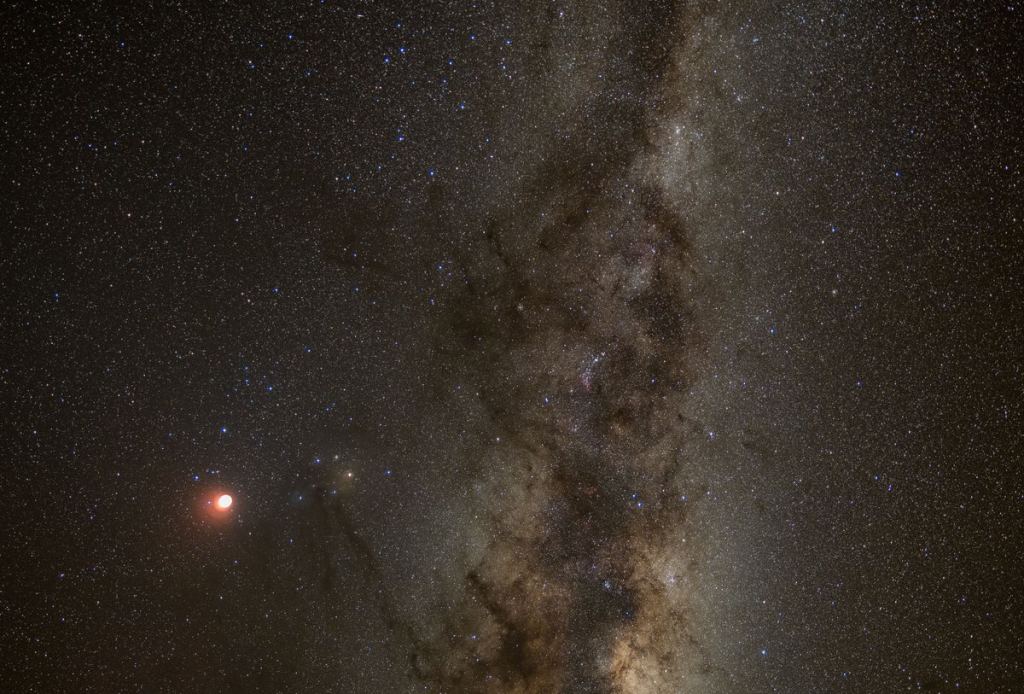
Unfortunately for many, clouds—always the bane of any observer when the eclipse lies low to the horizon—played havoc with views of the early partial phases east of the Mississippi (including here in downtown Norfolk, Virginia). Folks farther to the west fared much better. This low to the horizon eclipse did, however, give photographers worldwide a unique chance to nab totality paired with foreground terrestrial objects, always a plus.
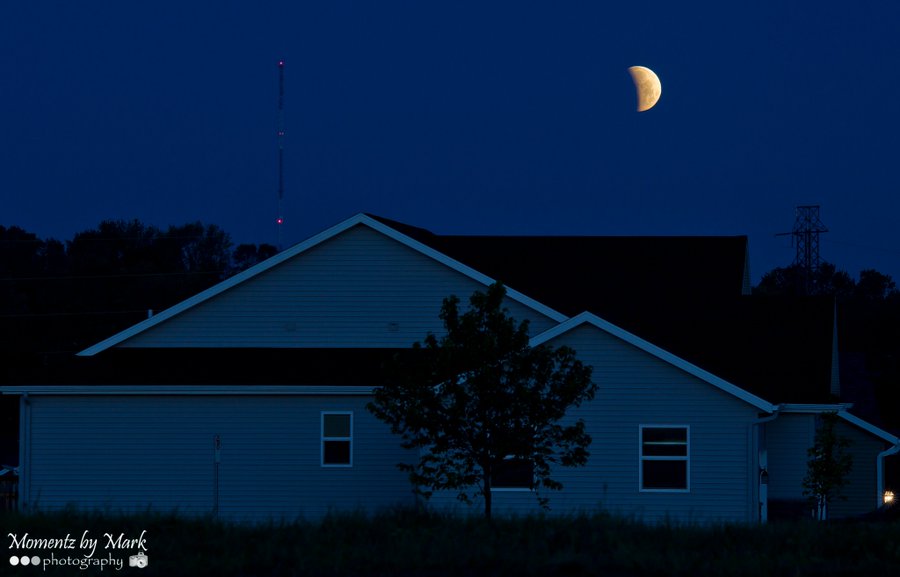
Tales of Totality
As expected, this was a very bright eclipse, with a short totality, just 14 minutes and 30 seconds long. This was actually the second shortest totality for the 21st century, topped only by the April 2015 eclipse, with a lunar totality just 4 minutes 42 seconds long. This isn’t far off from the shortest totality for the millennium, coming right up in the next century on September 11th, 2155 A.D. Today’s eclipse was also the final one featuring totality for lunar saros series 121… they’re all partial now ’til the saros ends with an imperceptible penumbral lunar eclipse on March 18th, 2508 A.D.
…and of course, today’s total lunar eclipse ushers in the first of two eclipse seasons for 2021, and the only is total lunar eclipse for 2021. This particular season is book-ended by the annular solar eclipse crossing northeast North America on the morning of June 10th, just two weeks from today. The second eclipse season for 2021 rounds out the year starting with a deep partial lunar eclipse favoring the Americas northern Europe and the Pacific on November 19th, and ending with the only total solar eclipse of the year on December 4th, a remote event crossing the Antarctic.
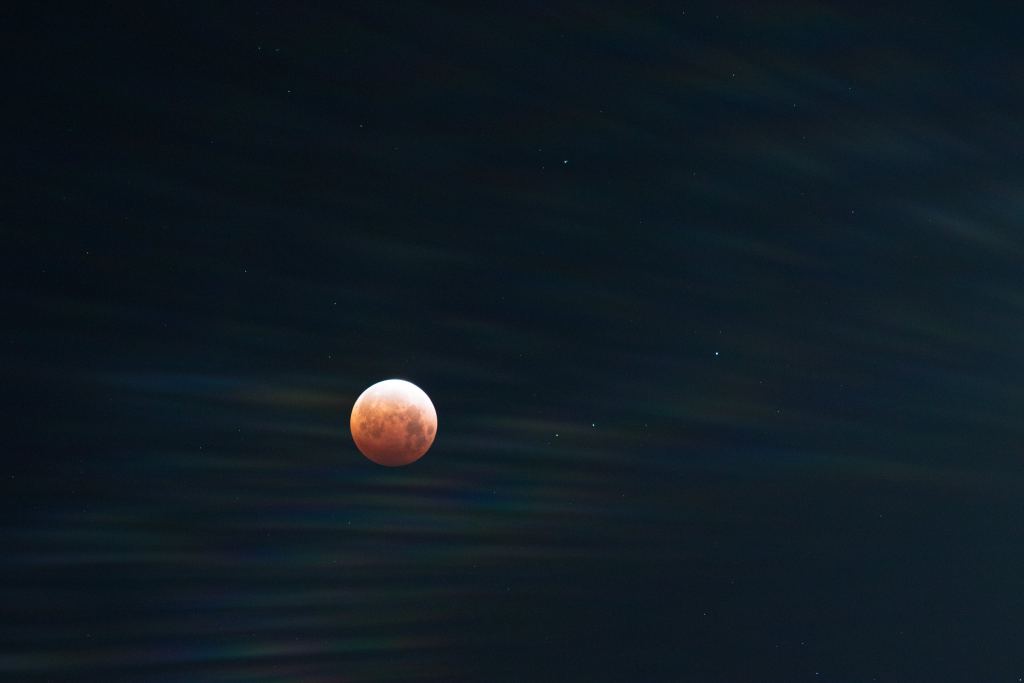
Was it total to you? Did you happen to notice the extra large perigee moon during the eclipse? It’s worth noting that the deep partial lunar eclipse on November 19th occurs near the antithesis of the ‘supermoon,’ the apogee Minimoon. Perhaps a photographic comparison is in order?
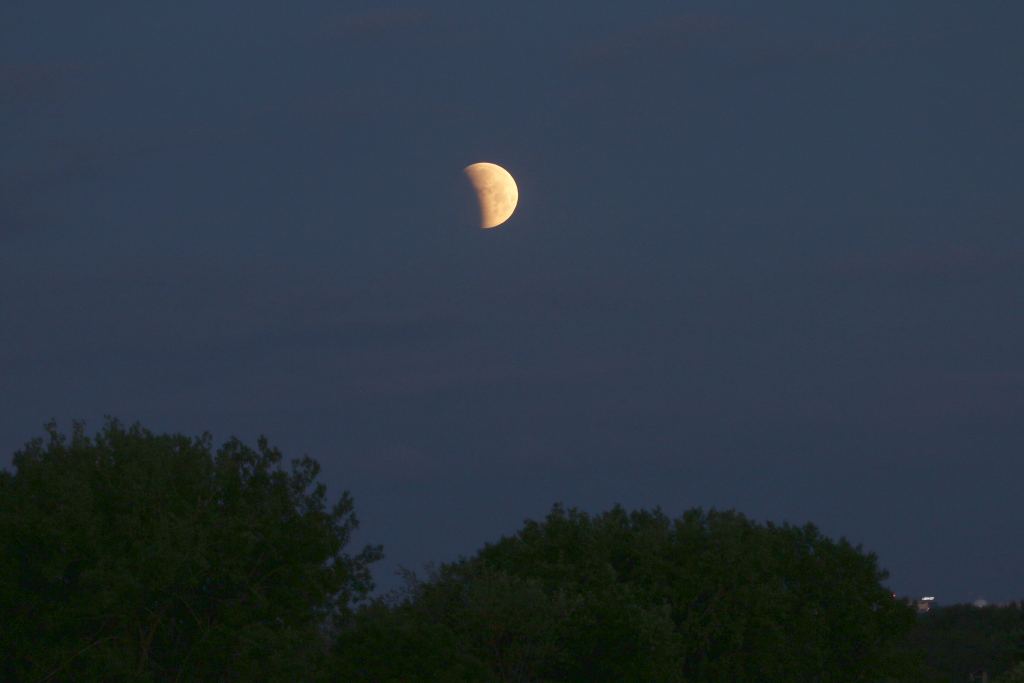
Did anyone see the selenelion? As far as I can tell, no one completed the selenelion challenge of nabbing a lingering brief totality after sunrise… certainly, this is a tough and fleeting phenomenon to capture. To be sure, there are more blurry U.S. Navy bokeh-laden photos purporting to be UFOs out there online, than good captures of the selenelion. The next total lunar eclipse, with another shot at crossing a selenelion off of your observing life-list occurs on May 16th 2022, favoring the Americas.
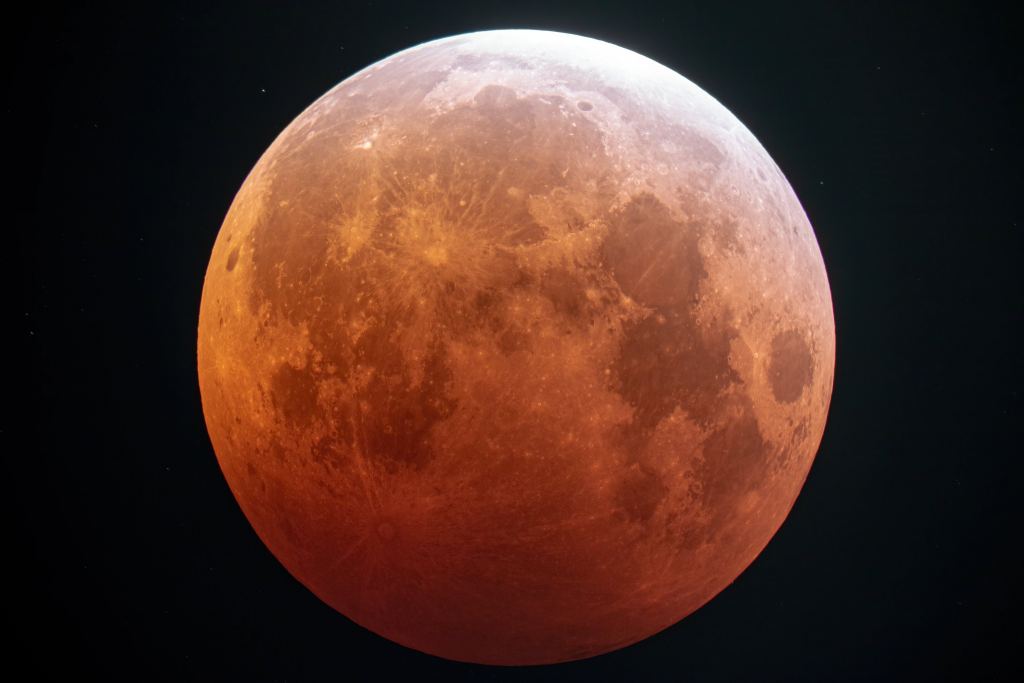
Great job to all of the photographers who persevered, successfully dodged clouds and brought the total lunar eclipse to the rest of us worldwide.
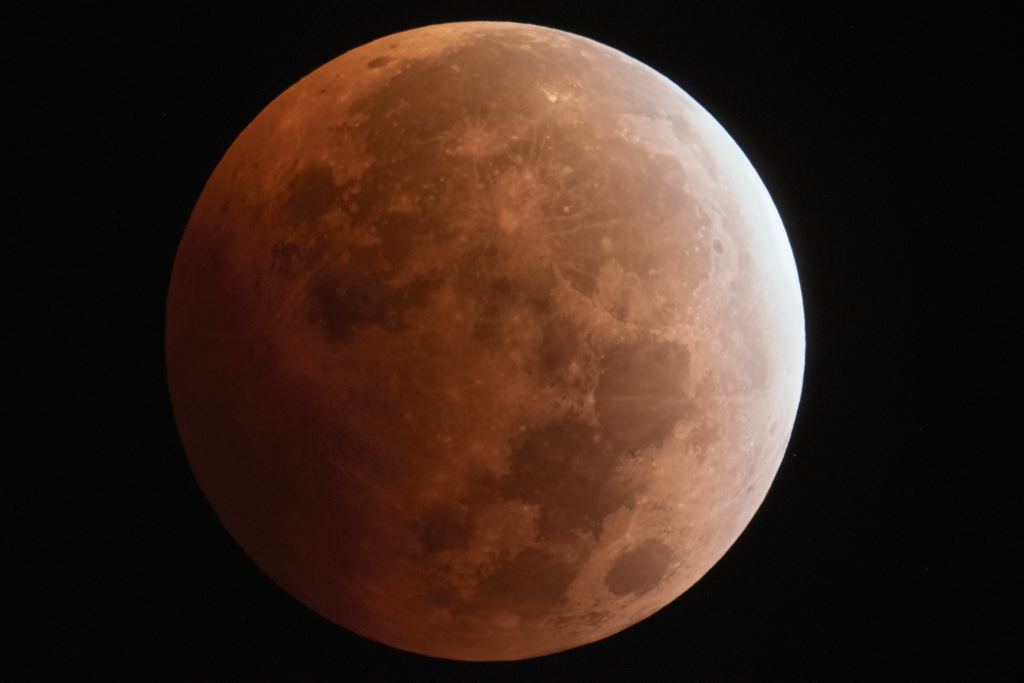
Lead image: Totality! Image credit and copyright: Marianne Denton @Astro_Limno
The post Amazing Views of Wednesday Morning’s Total Lunar Eclipse appeared first on Universe Today.

May 26, 2021 at 08:53PM
via Universe Today read more...

Post a Comment